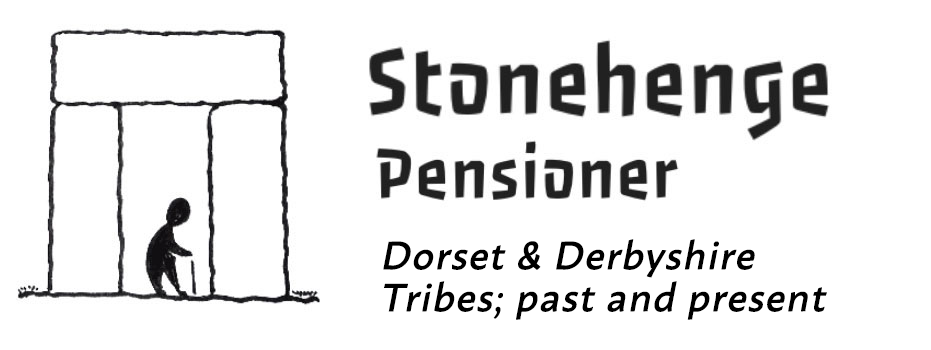Trer Ceiri Hillfort
I love hillforts! On my recent trip to North Wales, this fort was on my agenda. It is no easy trip. You drive to Llithfaen on the Llyn Penisula, turn west in the village and climb to a free car park with amazing views. Various paths head north, none of them well signposted. Ann and I climbed to the top of Yr Eifl, which was easy at first. It is then steep, with sharp, loose boulders towards the summit. However, that position gives you this photograph of the hillfort, an exceptional view. We dropped into the wet, boggy valley, to cross to the hillfort, and entered by the West gate. This passes two protective walls and is very narrow as you enter the fort. We then walked the perimeter walls, past numerous hut circles. Trer Ceiri hillfort is a revelation.
Puzzling
This hillfort is unlike the typical hillforts down south. They were places where cattle could be herded when other tribes went cattle rustling. Here, the cattle had nowhere to go inside the fort. So, these people did not herd cattle. The tribe numbered up to 800 in 150 huts, from 600 BC to 200 BC (they had abandoned the fort long before the Romans arrived). The hut circles, now low stone walls, still exist. Nobody is sure about how these were roofed. Turf placed over wood rafters is most likely. Extensive heather moor exists below but did this grow in those days? If so, heather can be used as thatching. Neither methods are watertight. Both also require wood and trees are a long way off nowadays. Even carrying in wood for domestic fires appears onerous labour.
Waste
Two forms of waste appear absent at this fort. Human poo and urine are the first. These usually show up as, say, nettle patches. Nettles and certain plants that love nitrogen can flourish for thousands of years over human ordure. No sign of this at Trer Ceiri, just a rather sterile mountain landscape. Bodies are the second waste aspect. With 800 people over 400 years, thousands of children and adults died, yet not a sign of their remains. No burials whatsoever. That suggests that they built platforms and exposed the bodies to birds, what we call excarnation. If true, this would be some of the most recent evidence of this ancient funary process.
Trer Ceiri Hillfort
We are left with so many questions. Did these people rear sheep, even though there are no signs of animal bones? Or did they live on seafood? The coast is a long descent and a hard climb back up. Hunting was feasible but not for such a large population. It is probable that the fort was a summer retreat, perhaps built as an example of status. Look at our tribe, monarchs of the mountain. However, it feels like real hardship by today’s standards. My warm and cosy house is rather more appealing.




